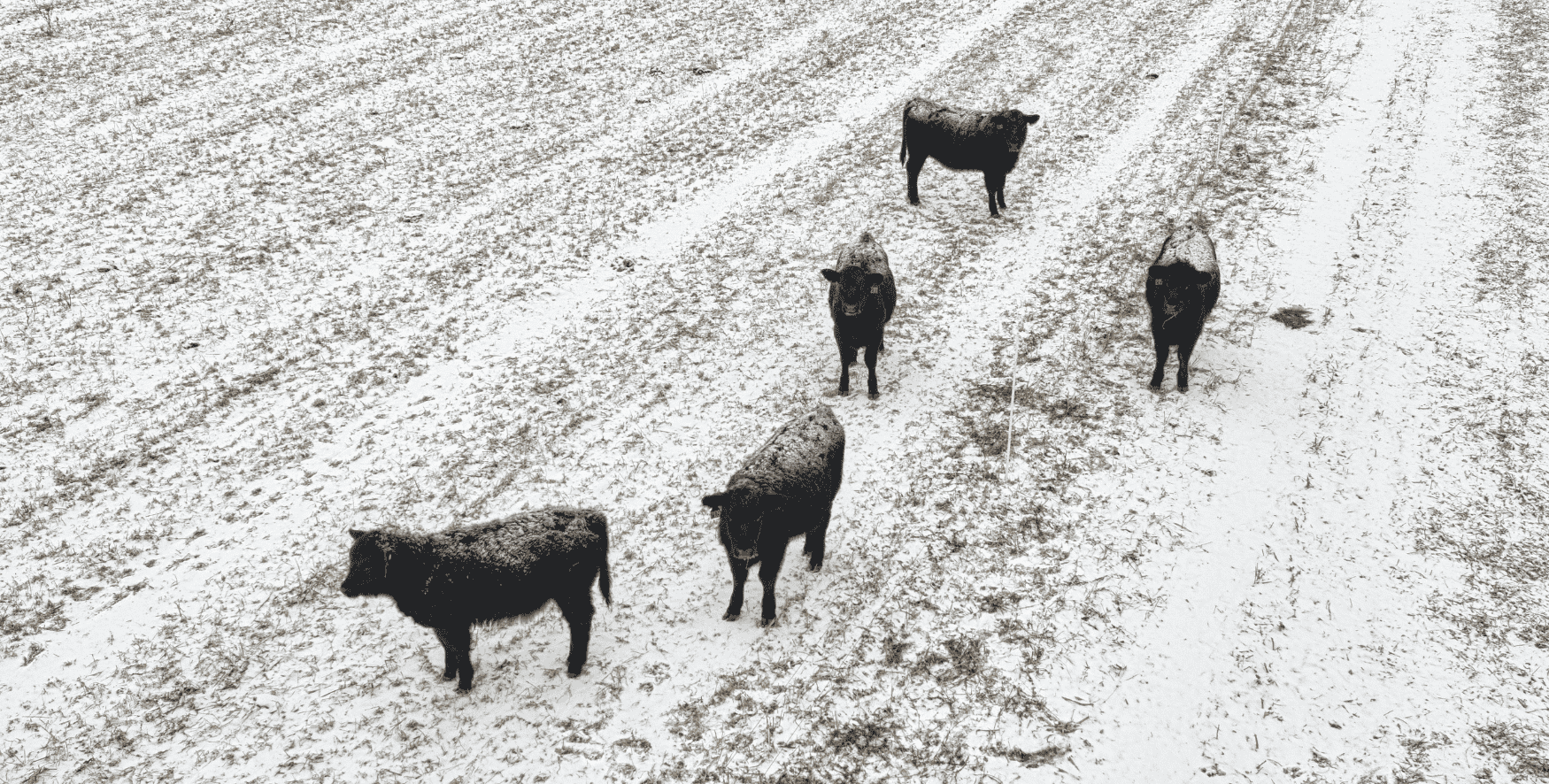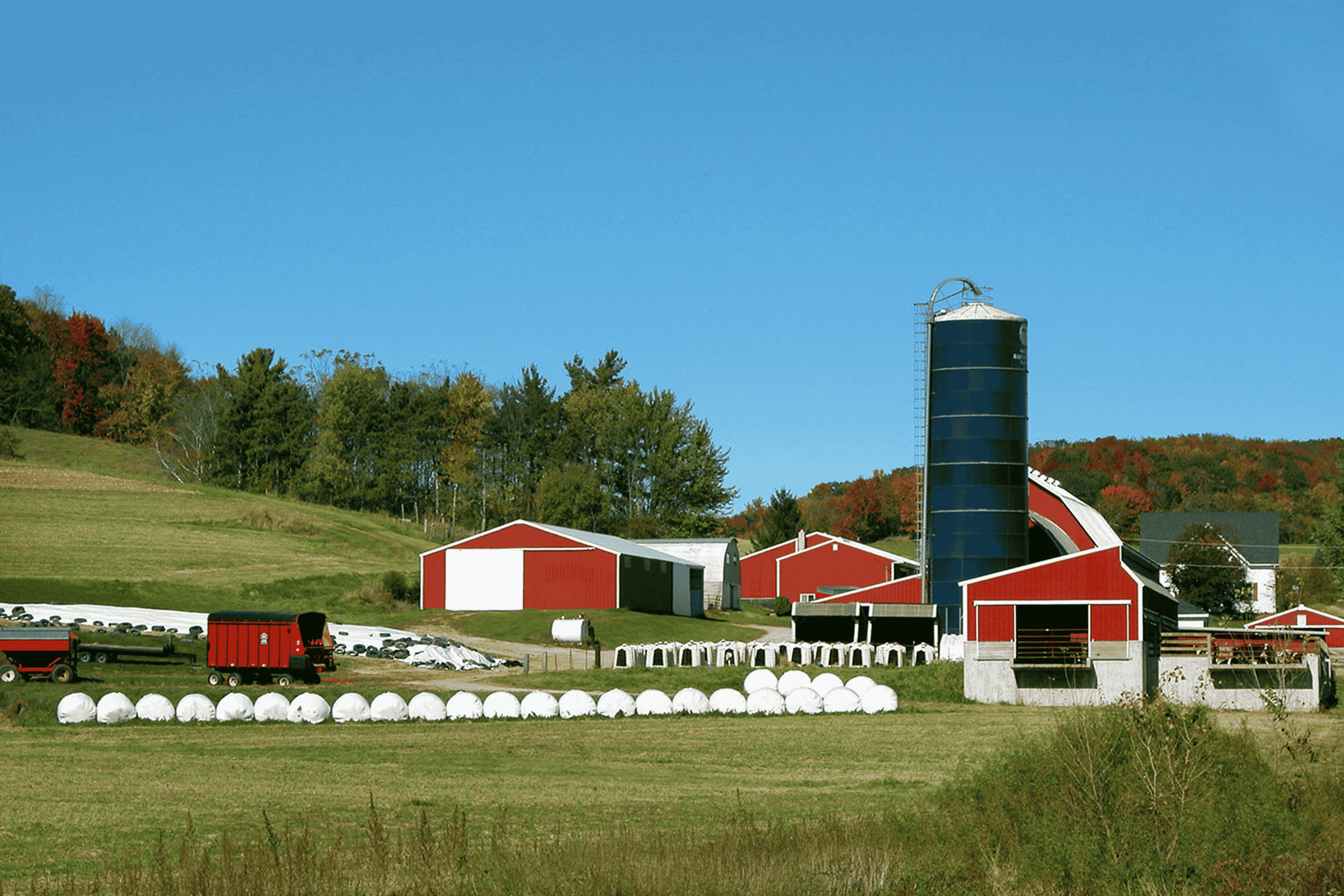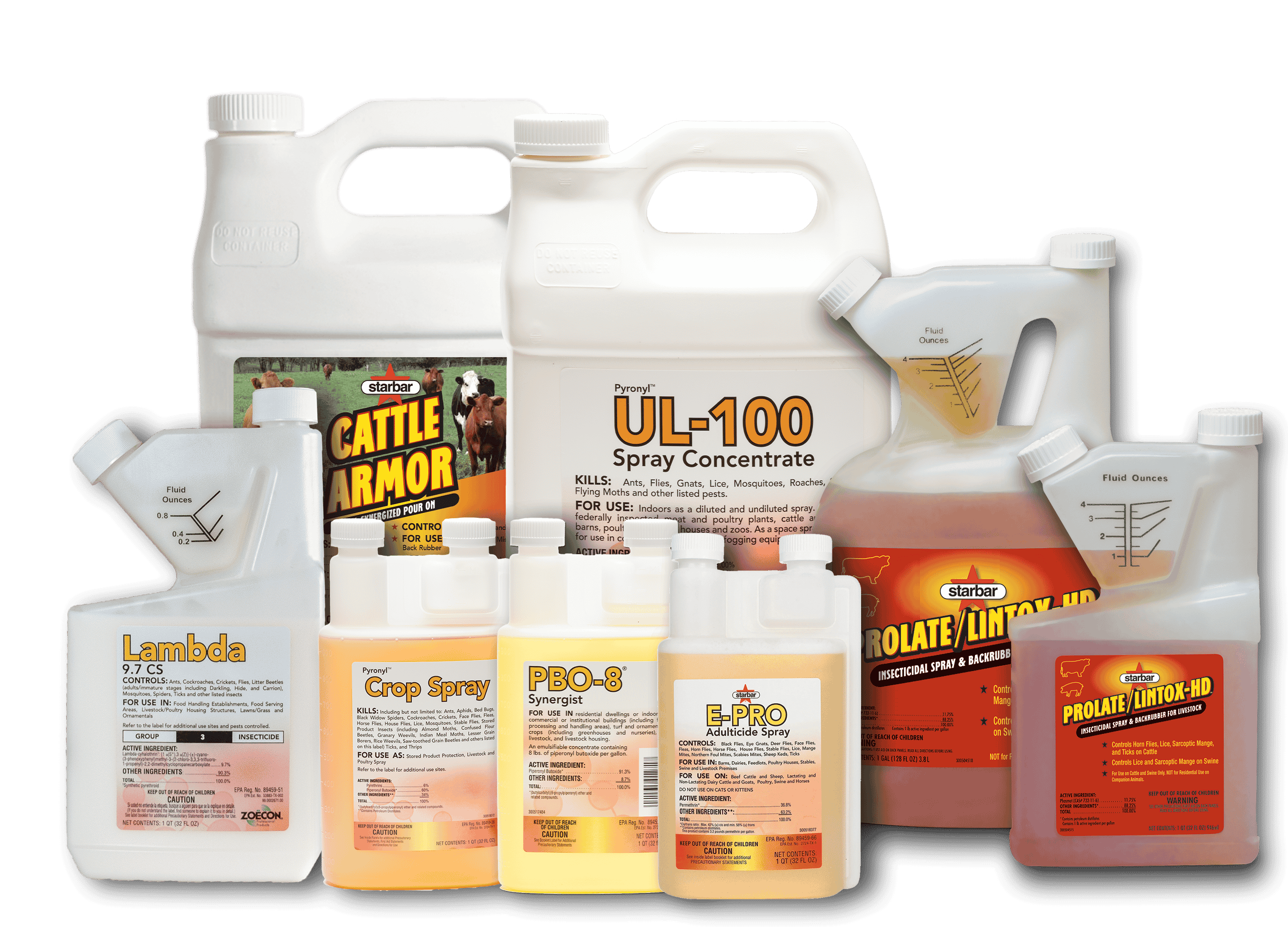Winter Checklist for Livestock Owners
Winter is on the horizon, and with it come challenges unique to cold weather. With a bit of planning and preparation, you can make winter much easier on your livestock, whether you’re caring for dairy cattle, beef cattle, horses, sheep, goats, or other farm animals. Here’s a Starbar-specific guide to winterizing your farm to protect your animals and keep operations running smoothly.
Adjust Animals
When winter arrives, housing adjustments are essential for all livestock. Shelter should provide a windbreak to protect animals from harsh winds, rain, and snow. Arrange hutches or stalls so they face away from prevailing winds, giving cattle, sheep, goats, and horses extra relief from the cold.
In winter, all livestock will need more feed and bedding to maintain body temperature. Ruminants like cattle, sheep, and goats generate heat while digesting food, so ample feed is crucial. Horses may also need additional hay and access to salt blocks to support their metabolism in cold weather. Adding extra bedding like sawdust, sand, or straw can help absorb moisture in stalls and reduce cold stress. Also, increase the frequency of cleaning bedding during winter to prevent moisture buildup, which can lower body temperature and impact animal comfort.
Barns & Buildings
Prepare barns, sheds, and other structures for winter to ensure they are in top condition. Conduct a thorough inspection for issues such as leaky roofs, cracked windows, broken doors, and damaged insulation that could expose livestock to the elements. Proper ventilation is essential, as animals spending more time indoors can create excess humidity and ammonia buildup in barns.
This is also a great time to walk your property and inspect fences, gates, and latches to prevent mid-winter repairs. Ensure all structures are secure and safe, as strong winds, ice, and snow can be particularly damaging in winter.
Check & Cover Equipment
Check the status of heaters, generators, batteries, and other essential equipment to confirm they’re in good working order. Don’t overlook your snow removal equipment—it’s essential for keeping pathways clear and safe for both animals and farm workers. Ensure all tools are organized and easily accessible so you’re not searching during a snowstorm.
To protect equipment from rust and winter damage, cover items stored outdoors with tarps or other water- and wind-resistant material. This also applies to movable waterers or troughs that can be relocated to minimize freeze risk.
Fly Control for Winter
Fly control is often overlooked in winter, but managing fly populations before the first frost helps reduce overwintering pupae that can lead to spring infestations. To maximize control, use the 30/30 approach with ClariFly® Larvicide or Altosid® IGR. Continue feeding ClariFly® Larvicide or Altosid® IGR to your livestock until 30 days after the first frost to account for any warm days that can spur late-season fly activity. Also, consider beginning ClariFly® Larvicide or Altosid® IGR in feed 30 days before average daily temperatures typically reach 65 degrees in spring to jumpstart fly management.
By implementing these winterizing practices, you can help safeguard the health and comfort of all your livestock. This way, when the snow melts, your farm will be ready for a thriving spring season.





